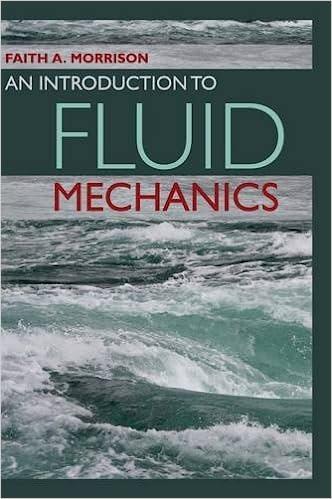Answered step by step
Verified Expert Solution
Question
1 Approved Answer
We are going to do some analysis of the wing used on the Global Hawk RQ 4 B UAV. The Global Hawk usually operates at
We are going to do some analysis of the wing used on the Global Hawk RQB UAV. The Global Hawk usually operates at high altitude and flies at high subsonic Mach numbers. However, since we have not covered compressible flow yet, we will assume the Global Hawk is flying at low speeds at sea level. The specifications we will use are the following:
Altitude: sea level assume standard atmospheric conditions
Wing area S ft
Wing span b ft
Cruising air speed Ucruise knots about Mach so that the flow is incompressible
Landing speed Ulanding knots
Empty weight Mempty lb
Fuel capacity Mfuel lb
Maximum takeoff gross weight Mmto lb
AR
i CL in cruise
ii CL in landing
alpahzl
CL
Assume the wing is elliptically loaded and has no twist.
Determine the induced angle of attack, alpha i and the induced drag coefficient, CDi, for the two conditions i and ii Comment on the relative magnitude of the induced drag coefficient at landing versus cruise conditions.
now only consider case i
Determine the wing lift curve slope, and the wing angle of attack, alpha needed to produce the required lift coefficient.
Use the drag polar found in part c to estimate the drag coefficient, cd for the airfoil section. If we approximate the wing drag coefficient as CD CD CDi and make the approximation that CD cd based on assuming cdy is constant across the span of the wing
determine the total wing drag coefficient, CD and the ratio of the induced drag to the total drag, CDiCD Comment on the significance of the induced drag at these
conditions.

Step by Step Solution
There are 3 Steps involved in it
Step: 1

Get Instant Access to Expert-Tailored Solutions
See step-by-step solutions with expert insights and AI powered tools for academic success
Step: 2

Step: 3

Ace Your Homework with AI
Get the answers you need in no time with our AI-driven, step-by-step assistance
Get Started


